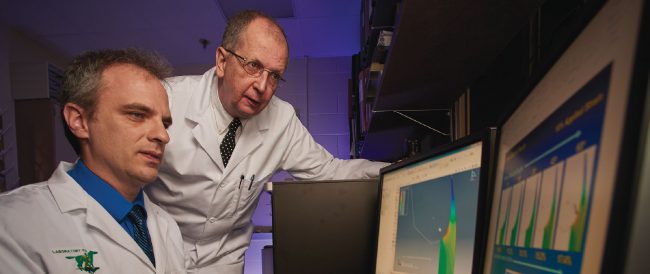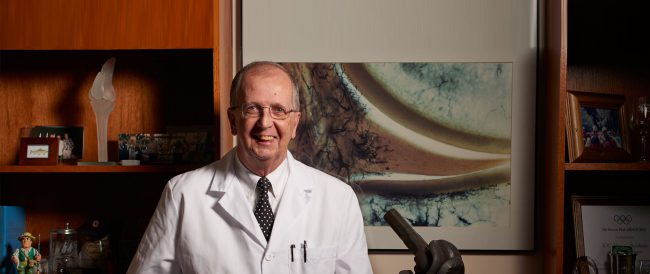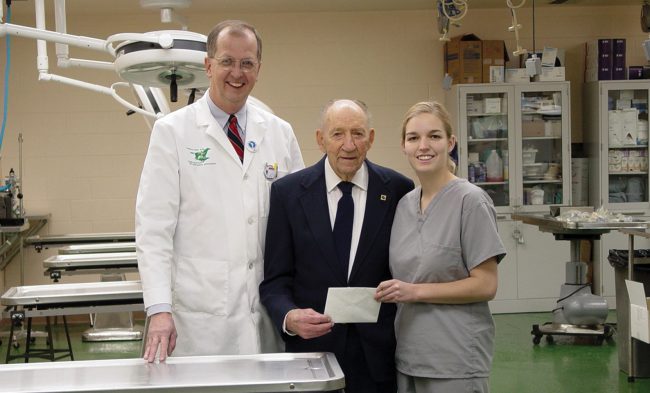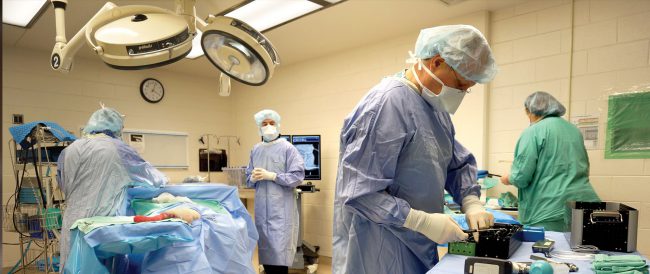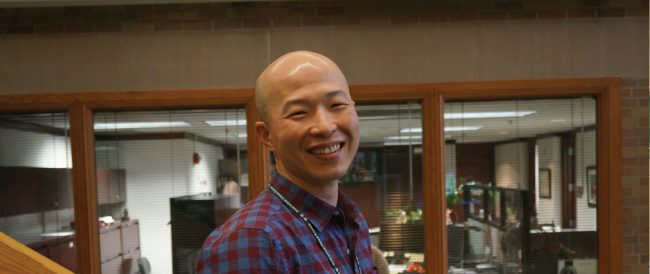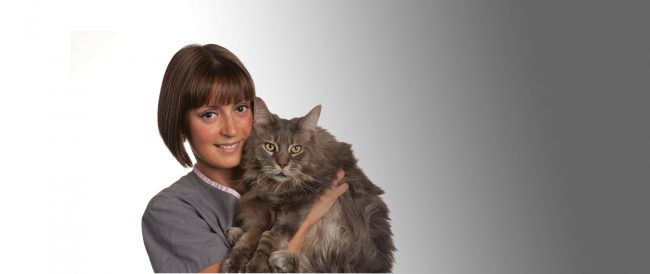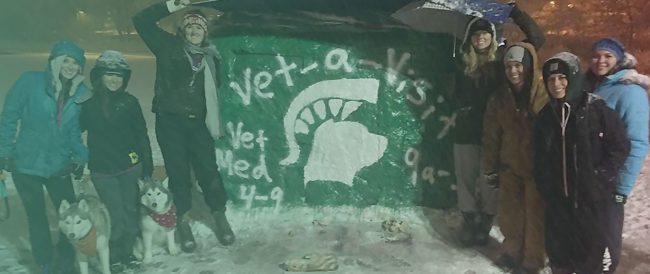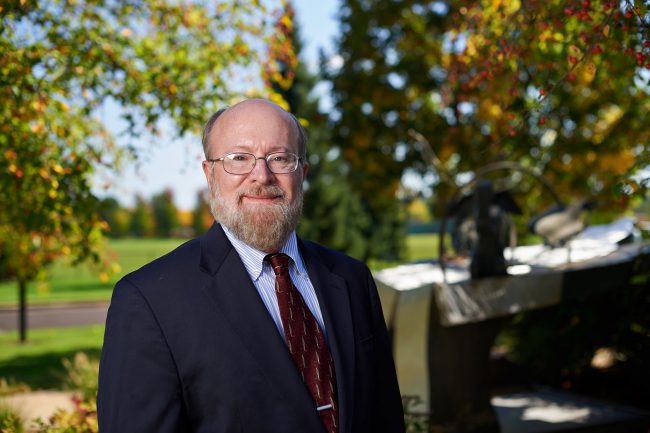 Read More
Read More
For Dr. Sun Young Kim, the road to becoming an orthopedic surgeon was very specific to the educational system in South Korea. He earned his DVM in 2000 and his master’s in veterinary science in 2002, both from the College of Veterinary Medicine at Seoul National University, South Korea. There were no specialty training programs, and Kim gained experience in a wide range of services.
“I did everything—anesthesia, ophthalmology, some orthopedics, but mainly I was known for soft tissue surgery and neurosurgery,” Kim said. But he developed a greater interest in orthopedics.
He explained that demand for, and associated training in, specialty orthopedics was less available. This was in part due to the cost of orthopedic equipment.
With a lack of formal training available, Kim studied intensely on his own. In 2004, two years after earning his master’s, Kim was selected as an International Surgical Fellow at MSU. This provided the hands-on experience he had been looking for. As an international fellow at MSU, he met one of his future mentors, Dr. Loïc Déjardin, who was the first international surgical fellow at MSU.
“In Korea, when I talked about certain orthopedic concepts, colleagues thought I was crazy or that my ideas were unnecessary,” Kim said. “So, I didn’t know whether I properly understood these concepts and I wasn’t fully confident about my understanding.”
The Spartan Difference
“Being at MSU is a great honor, to work in this environment and continue the legacy. So many innovations come out of this College.”
Working with Déjardin, Kim found that, contrary to what his previous colleagues thought, he was not insane. Déjardin, through conversations, drawings, and equations, explained the concepts Kim had learned and developed. Déjardin’s mentorship helped Kim advance his ideas.
Kim refined his clinical skills and advanced case-based decisions by working with and observing surgeries performed by Déjardin, Dr. Curtis Probst, and Dr. Charles DeCamp.
“After surgery, I rushed to the office to make notes and draw pictures,” Kim said. “I made notes at night to describe every single thing. I included the approach, the instruments used, what the surgeon’s left and right hands were doing.”
After his fellowship, Kim joined the University of California, Davis as a research junior specialist, followed by an internship at the University of Florida, and then a residency in small animal surgery at the University of California, Davis, where he was subsequently appointed assistant professor.
“It was a great experience to train and work as faculty at UC Davis. But as an orthopedic surgeon in academia, continuing the MSU legacy is a huge dream for me. Being at MSU is a great honor, to work in this environment and continue the legacy. So many innovations come out of this College.”
Connecting the Pieces
Meeting Brinker
In 2003, before beginning his fellowship, Dr. Kim visited the MSU College of Veterinary Medicine, where he met Dr. Wade O. Brinker. “He was around 90 years old. It was a brief meeting and I told him I was from Korea where there was no specialty training, and he told me, ‘You’re young, you try.’ He told me about how when he was young in the States, it was the same. There was no specialty training. He said in the future, I can do anything, and I can change things in Korea. He encouraged me.”
For Kim, clinical work, teaching, and research connect in ways that strengthen one another. Clarifying concepts and making ideas tangible are central to both his research and his teaching.
“If there’s a concept, simple memorization isn’t enough,” said Kim. “Students have to truly understand. I struggled in Korea without hands-on instruction, and I remember how confused I could be. I try to help them with that.”
Kim’s research goals are to interpret, teach, and apply concepts in ways that improve patient care and clinical understanding. Right now, he is focusing on surgical techniques, angular deformity, biomechanics and motion analysis, and implant testing.
Moving Forward
Kim feels both proud and honored to be a part of the legacy of orthopedic surgery at MSU.
“Many people said that because I didn’t get my education in the States, it was highly unlikely that I would become a surgeon. Highly unlikely. They were trying to tell me that it wouldn’t happen, but probably I misunderstood,” Kim laughed, recalling his determination. “To me, it meant there was still a chance, so I didn’t give up. Now I’m doing exactly what I love to do. It’s not just learning and doing the same thing. At MSU, we are moving forward and always trying to do something more.”


